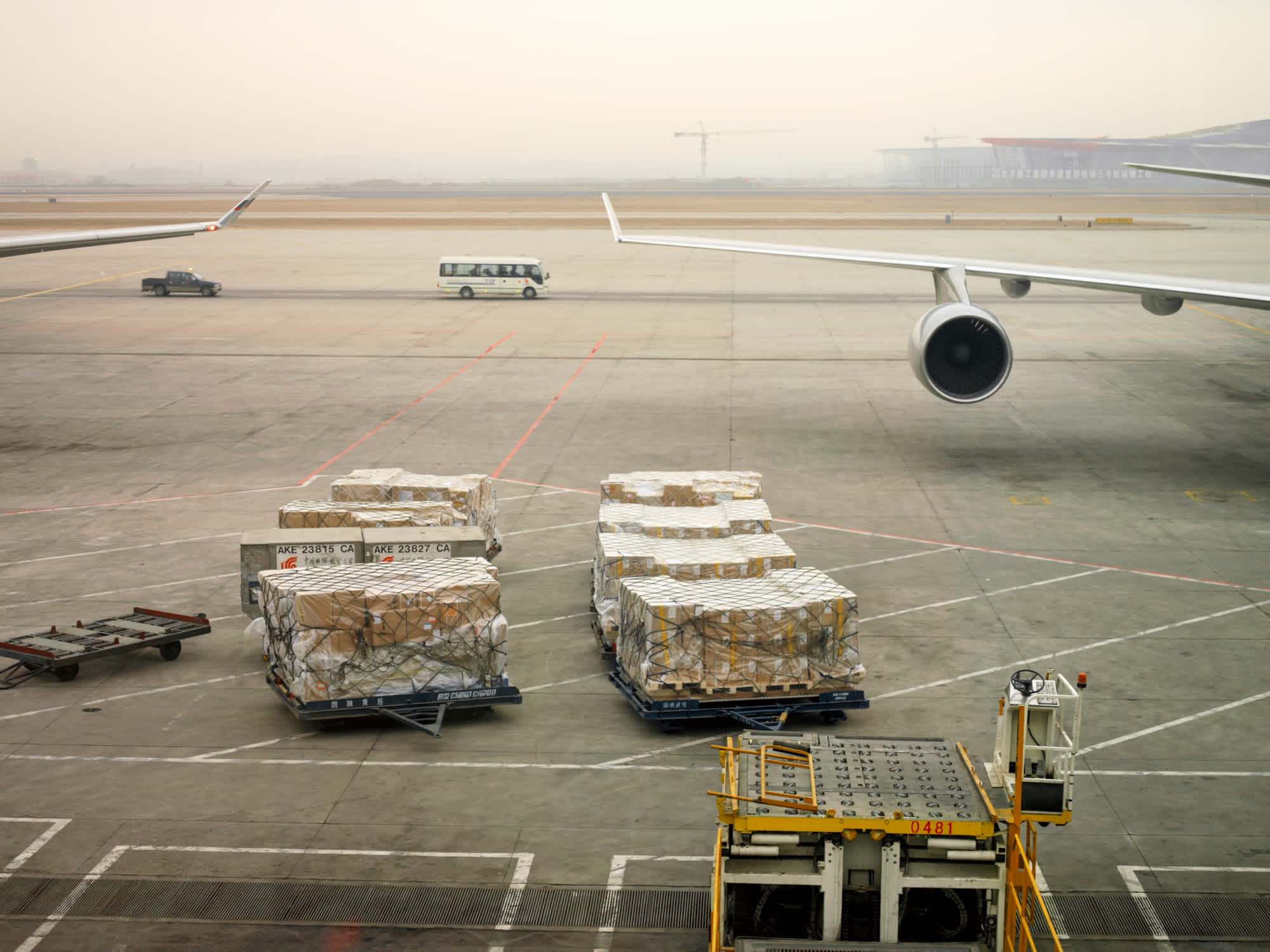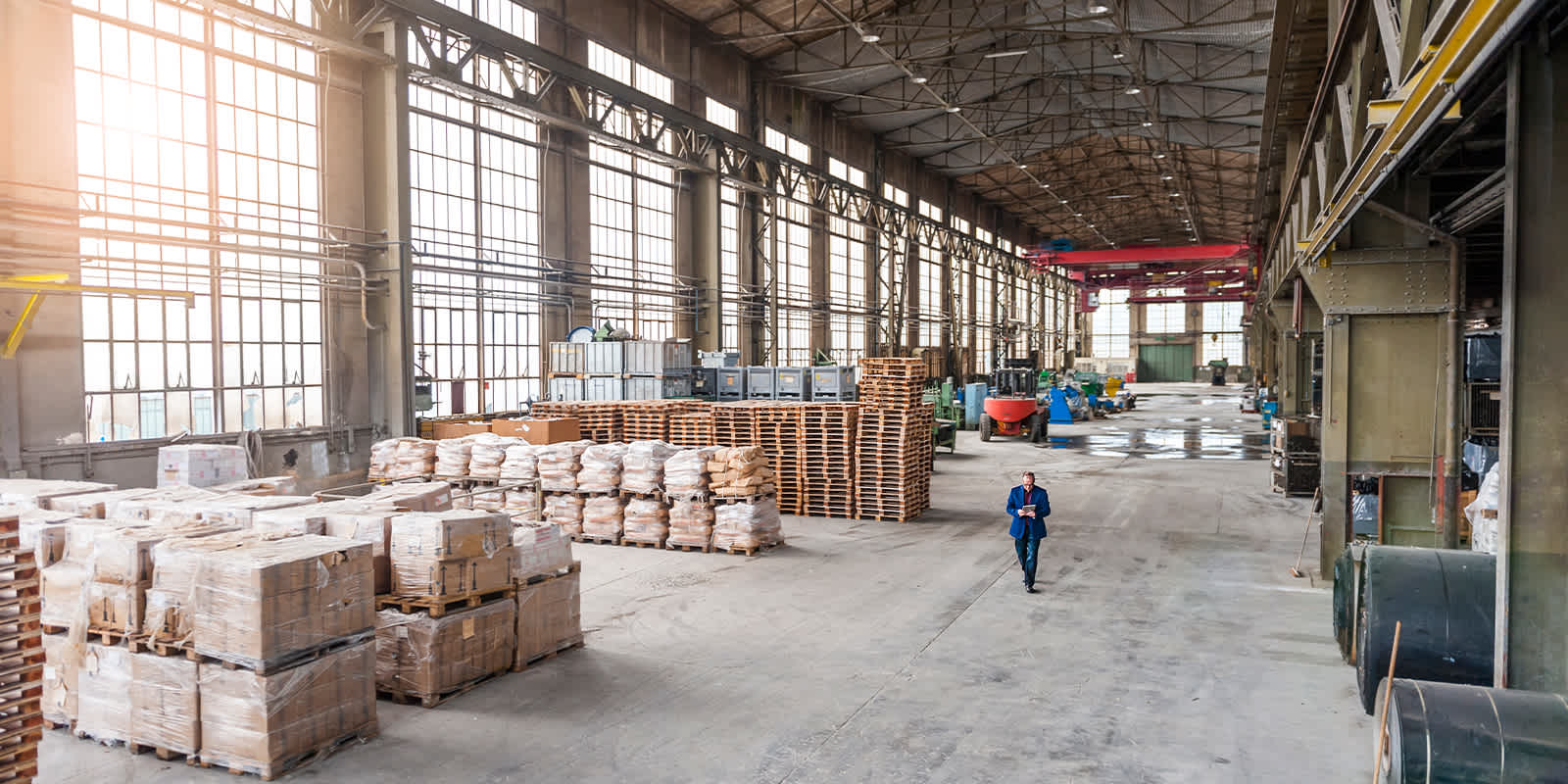
2019 年 08 月 02 日
New September Tariffs: 3 Critical Things to Know for Your Supply Chain Now
New September Tariffs: 3 Critical Things to Know for Your Supply Chain Now
This post is not intended to provide tax or legal advice and should not be relied upon as such. You should consult your financial, tax and legal advisors before making any financial or legal decisions about you or your business.
President Trump Announces Additional Section 301 Tariffs By Tweet
Arguing that China did not follow through on promises to both increase agricultural purchases from the United States and stop the sale of Fentanyl into the U.S., President Trump announced an additional 10% tariff on $300 billion worth of goods imported from China that are not already subject to Section 301 tariffs. These tariffs on List 4 goods would take effect September 1, and this list covers a wide range of products, including apparel, footwear, and manufactured textile products, among others.
The impact of the announcement has been immediate. Apple – which warned in a June 17 letter to U.S. trade representative Robert Lighthizer that List 4 tariffs would affect “all of Apple’s major products” – saw its stock down more than 2% at one point on Tuesday, erasing earlier gains. More broadly, the Dow dropped more than 200 points following the Trump tweet and the benchmark 10-year Treasury interest rate fell to levels last seen in 2016.
This announcement marks a dramatic increase in protection for at least three reasons.
- The new 10% tariff on $300 billion of imports is more than double the coverage relative to the previous 25% tax on $250 billion of goods impacted by the prior affected lists.
- The first three lists of goods were intended to contain goods that might be more easily substituted with domestic products or materials sourced from other countries, creating as little inconvenience as possible for American consumers. This final list may have considerably greater impact on Americans and their wallets.
- The timing of these September 1 tariffs is especially sensitive, as it coincides with the start of peak shipping season, when businesses are reliant on bringing in increased quantities of product from across the Pacific to satisfy holiday demand. Businesses may now be impacted by not only the typical capacity crunch – they may also have to contend with raising costs to consumers to offset the tariffs.
...during the talks the U.S. will start, on September 1st, putting a small additional Tariff of 10% on the remaining 300 Billion Dollars of goods and products coming from China into our Country. This does not include the 250 Billion Dollars already Tariffed at 25%...
— Donald J. Trump (@realDonaldTrump) August 1, 2019
How will these tariffs likely impact shippers? And what can you do?
As these new tariffs will affect even more shippers – and just as we enter the critical peak shipping season – we expect companies to try and get ahead of the September 1 deadline. Here are three things you should know.
- The details of the new tariffs have not yet been released and could change. A Federal Register notice should be forthcoming. Key questions involve whether there will be an exclusion process for these tariffs, though that seems unlikely at the 10% tariff level.
- While there is still time to move goods by airfreight before the tariff deadline, early planning is essential. There is likely to be a rush to grab available capacity.
- These new tariffs are far more likely to go up than down. Relief is unlikely before 2021, at the earliest. Businesses have to plan accordingly.
What’s more, you should work closely with your freight forwarding partner and customs broker to assess what, if any, impact these tariffs may have on your products. Feel free to take advantage of our U.S. Import Duty Calculator to assess potential costs as these tariffs take effect. And, even if your products aren’t included, remember you still likely need to mitigate increased shipping activity and capacity crunches.
Stay tuned for additional updates and insights. You can also read more about how U.S.-China tariffs are hindering business growth – and how Flexport is helping alleviate the resulting working capital constraints through Flexport Capital’s suite of trade finance solutions.
Hear directly from Chief Economist Dr. Phil Levy on the current economic climate and its impact on airfreight in our upcoming webinar:
The 30,000-Foot View: Navigating Current Trends in Airfreight.



